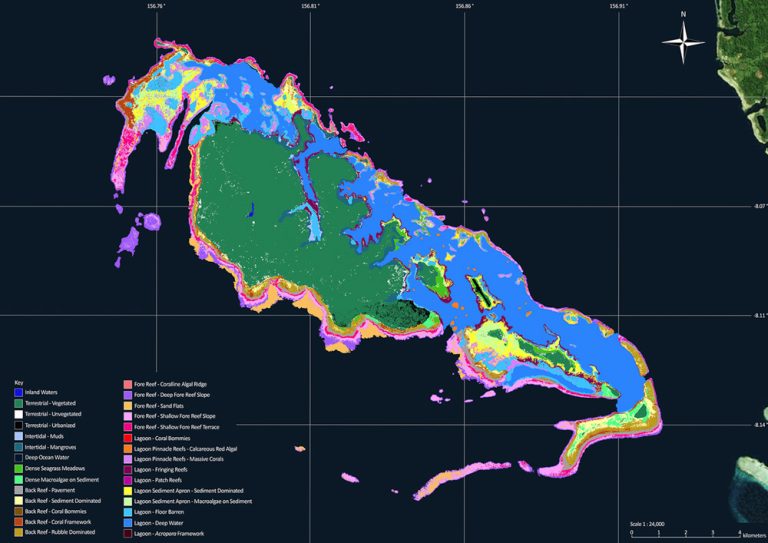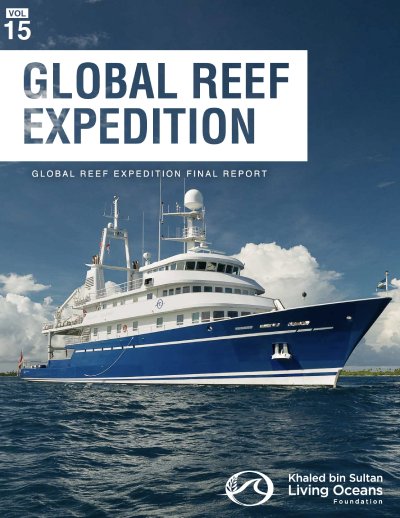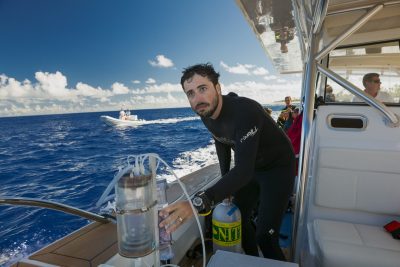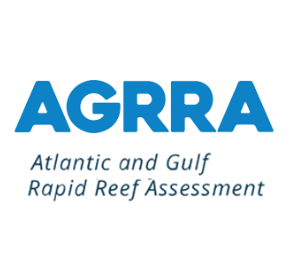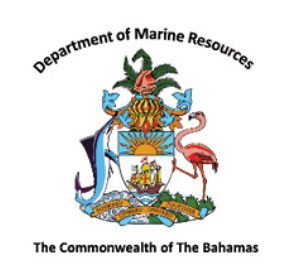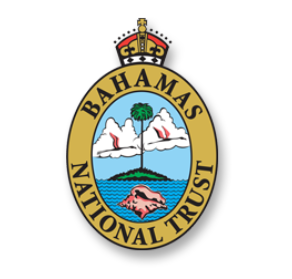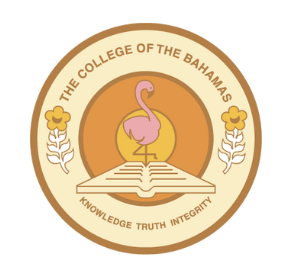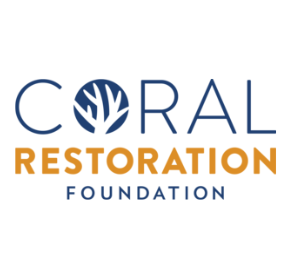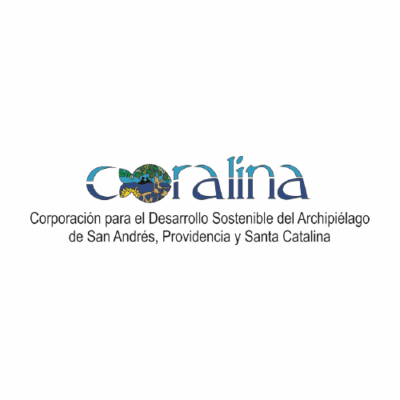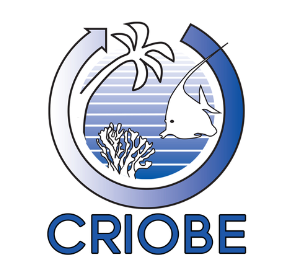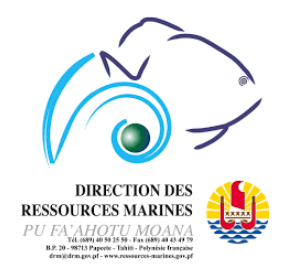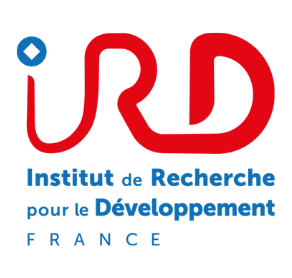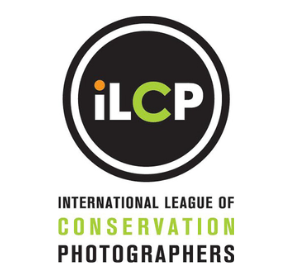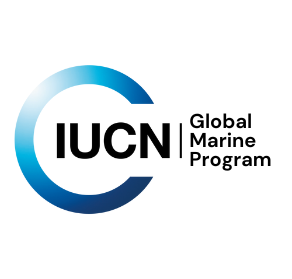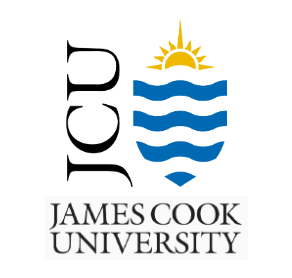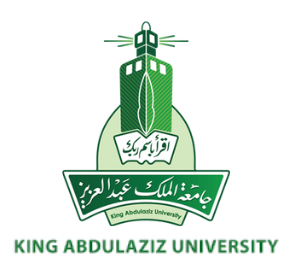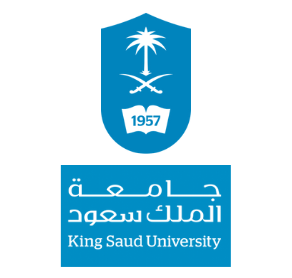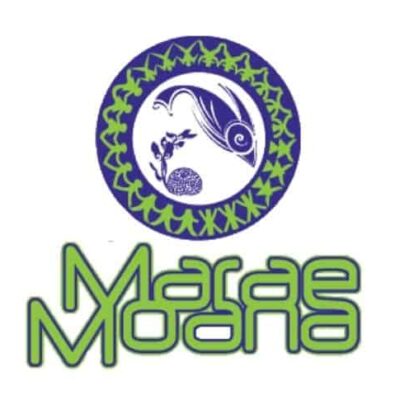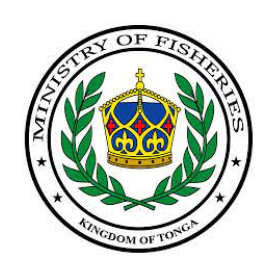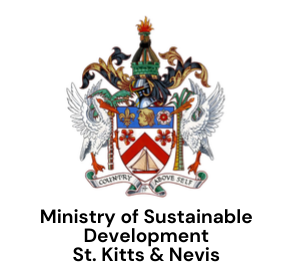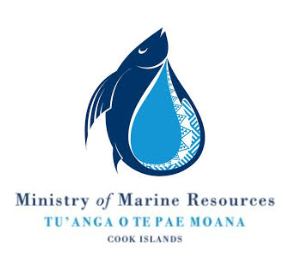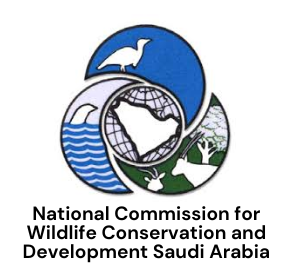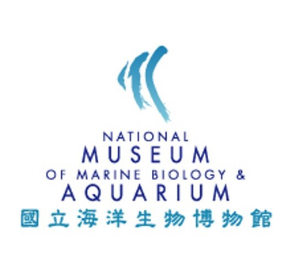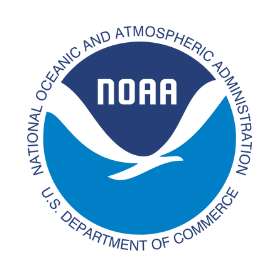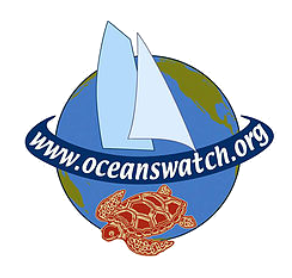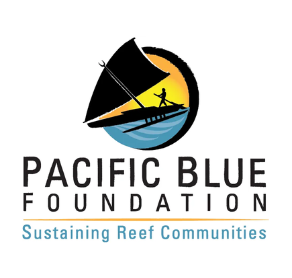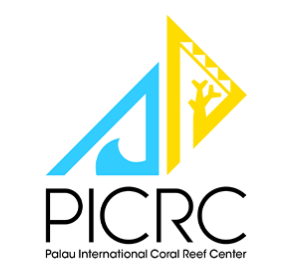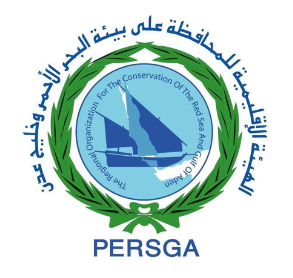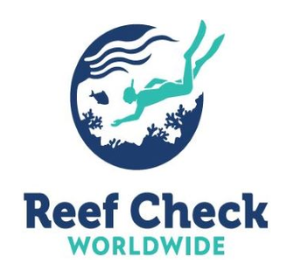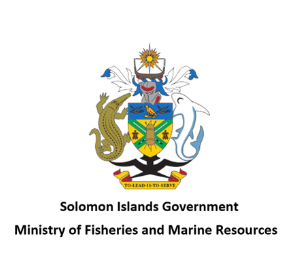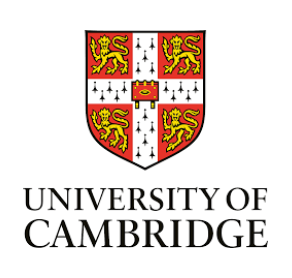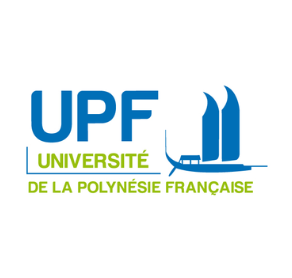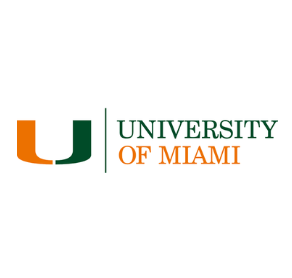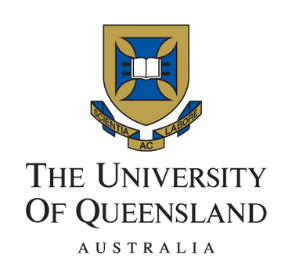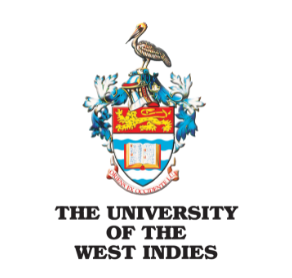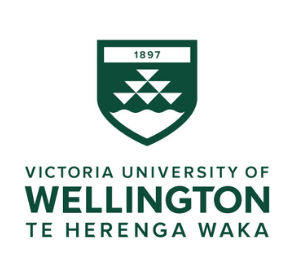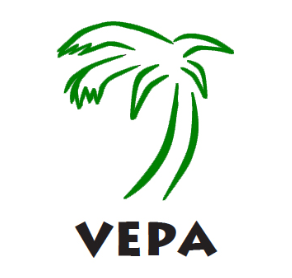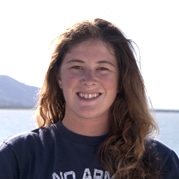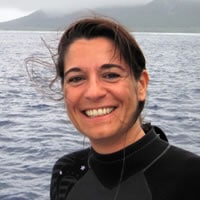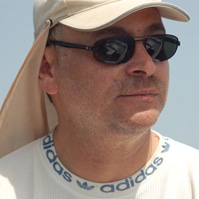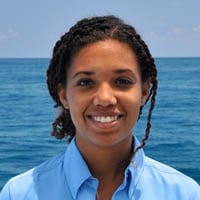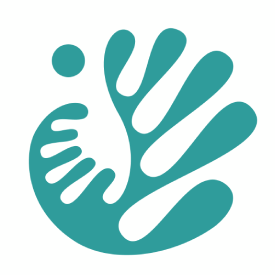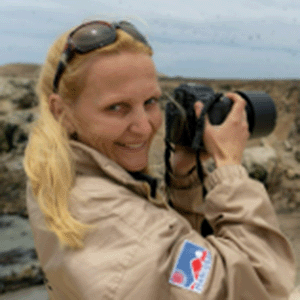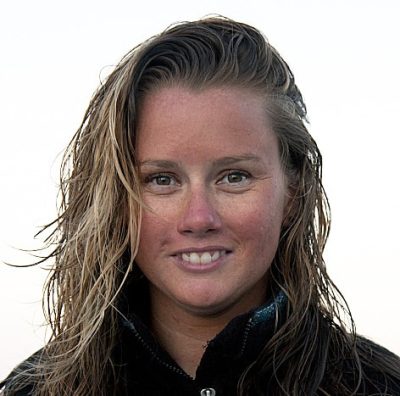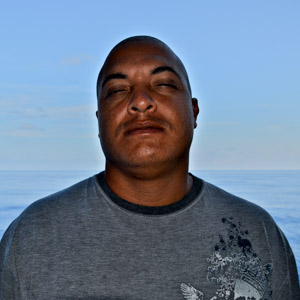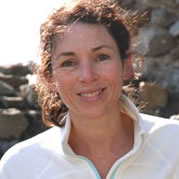Global Reef Expedition
The Largest Coral Reef Survey & Research Mission in History
Global Reef Expedition
The Largest Coral Reef Survey & Research Mission in History
ABOUT THE EXPEDITION
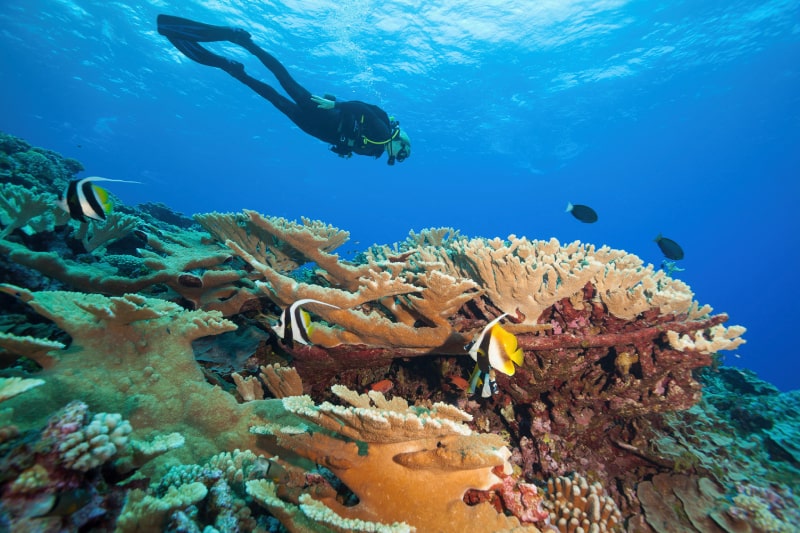
Circumnavigating the Globe to Assess the State of the World's Reefs
The Khaled bin Sultan Living Oceans Foundation completed one of the largest coral reef studies in history: the Global Reef Expedition. Over the course of 10 years, the Expedition circumnavigated the globe aboard the M/Y Golden Shadow studying some of the most remote reefs on the planet.
On this research mission, we surveyed and mapped one-fifth of the world’s coral reefs to address the coral reef crisis. The Expedition brought together an international team of over 200 scientists and conservationists, who worked together to collect valuable baseline data on over 1,000 reefs in 16 countries. Now, our findings are being used to create models of coral reef health and resiliency and help people protect and manage coral reefs around the world.
Map & Characterize
To map and characterize coral reef ecosystems worldwide
Outreach
Disseminate our findings on coral reef health & resiliency and inspire conservation action
Identify Status & Threats
Identify current status and major threats of coral reefs worldwide
Education
Share our knowledge of coral reefs with local students and community leaders
Examine Resiliency Factors
Examine factors that enhance coral’s ability to resist, survive, & recover from major disturbance events
LOCATIONS
Global Reef Expedition

Red Sea

The Bahamas
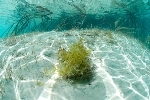
St. Kitts & Nevis

Jamaica
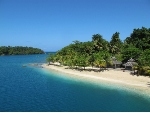
Navassa
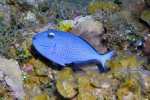
Colombia
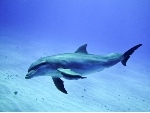
Galapagos
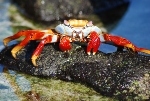
French Polynesia
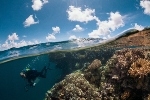
Cook Islands
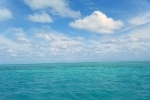
Fiji

Tonga
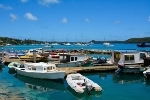
New Caledonia
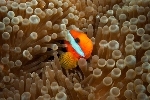
Great Barrier Reef
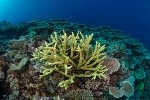
Solomon Islands
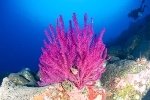
Palau
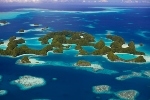
Chagos Archipelago
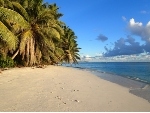
Global Reef Expedition Research Missions
2006 - 2015
The Global Reef Expedition spent over ten years in the field conducting standardized baseline research to assess coral reef ecosystem health and resiliency. In the process, we circumnavigated the globe, visiting reefs in the Atlantic, Pacific, and Indian Oceans, and visiting some of the most remote coral reefs on Earth.
Red Sea
2006 - 2009
The Global Reef Expedition was inspired by our 4-year research mission to survey and map all of the coral reefs along the Saudi Arabian Red Sea. On the Red Sea mission, we developed new ways to map coral reefs and other shallow-water habitats, refined our methods for surveying coral reefs, and developed all of the tools we would later use to survey coral reefs around the world. Our findings resulted in the first comprehensive atlas of Saudi Arabia’s Red Sea reefs. We saw the immense potential of our maps and findings for use in coastal zone management, resource monitoring, and future scientific research. With this in mind, we launched the Global Reef Expedition to replicate this research, creating a valuable global database of the state of coral reefs around the world at a critical point in time.
Bahamas
May - October 2011
In 2011, the Foundation’s Global Reef Expedition surveyed and mapped hundreds of reefs across the islands, including the reefs of Cay Sal Bank, Great Inagua, Little Inagua, Hogsty Reef, and Andros Island. Our Bahamian research missions were conducted in close collaboration with Bahamian scientists, include marine resource managers, and conservation organizations, many of whom joined us in the field, embodying our philosophy of Science Without Borders®.
St. Kitts & Nevis
June 2011
We visited St. Kitts and Nevis to conduct an assessment of the community structure, status, health, and resilience of their coral reefs. Before our coral reef research assessments, little was known about the status of St. Kitts and Nevis reefs. The team examined 25 different reef communities and made detailed assessments of species diversity and abundance, algal cover, benthic cover, prevalence of keystone invertebrates, and population structure of 88 ecologically and commercially important fish species. We also established two permanent Legacy Sites so scientists can monitor changes to the reef over time.
Jamaica
March 2012
The Living Oceans Foundation has partnered with The Nature Conservancy to assess the coral reefs on Pedro Bank, Jamaica, one of the largest offshore banks in the Caribbean. Pedro Bank is Jamaica’s largest and most valuable fishing ground, but a long history of overfishing led to dwindling numbers of commercially important species such as lobster and conch. By collecting information on the location, composition, and health of coral reefs in the area, as well as the diversity, distribution, and population status of reef species, we were able to provide stakeholders with an accurate assessment of their coral reef. Our research showed constituents the value of their reef and aided in site selection for a no-take marine protected area, which was established on Pedro Bank in 2012.
Navassa
March 2012
In March 2012, the Global Reef Expedition set out to survey the health and resiliency of coral reefs surrounding Navassa Island, a small uninhabited island situated between Haiti and Jamaica. The island is a United States possession and may be a crucial refuge for endangered coral in the Caribbean.
Our coral reef research expedition to Navassa focused on monitoring shallow plots of Acropora corals, evaluating the status of reef fish populations, surveying reef habitats, assessing coral disease and the health of reef-building corals, and conducting a socioeconomic assessment of reef fisheries.
Colombia
April 2012
The Living Ocean Foundation’s April 2012 research expedition to the San Andres Archipelago in Colombia focused on habitat mapping and coral reef assessments. We evaluated the current status of these marine ecosystems by determining the distribution and size of reefs, as well as the habitats and health of corals, fishes, and commercially important conch and lobster.
The research team also collected information necessary to map habitats on the seafloor to provide tools that can assist in the design of marine protected areas and aid in the proposed designation of these islands as World Heritage Sites. The assessment discovered 200 species of reef fish and 38 species of stony corals, some of which were unique to the area.
Galápagos Islands
June 2012
In June of 2012, the Khaled bin Sultan Living Oceans Foundation traveled to the Galápagos to survey and characterize coral reef communities throughout the Islands.
At the request of the Galápagos National Park, we developed a monitoring plan for the Galápagos based on the coral reef survey methods we used on the Global Reef Expedition. This coral reef monitoring manual is intended to serve as a practical guide for scientists, managers, and dive operators to document changes to the condition of coral reefs and coral communities within the Galápagos.
French Polynesia
September 2012 - April 2013
The Living Oceans Foundation conducted the largest comprehensive coral reef survey and mapping expedition ever conducted in French Polynesia.
From September 2012 through April 2013, the Foundation’s Global Reef Expedition brought together 73 scientists from around the world, who worked with local experts to map and survey reefs in the Society, Tuamotu, Gambier, and Austral Archipelagoes. Some of the remote reefs they visited had never been studied by scientists before. Our findings were shared with French Polynesia’s government and local research institutions to help protect and manage their remarkable coral reefs, which had some of the highest coral cover and fish biomass we observed on the entire Global Reef Expedition.
Cook Islands
May 2013
In 2013, the Global Reef Expedition arrived in the Cook Islands, where Living Oceans Foundation scientists worked closely with members of the Cook Islands Marine Park Steering Committee to study the reefs. Together, they completed over 400 surveys of the coral and reef fish communities surrounding Rarotonga, Aitutaki, and Palmerston Atoll. Our maps and findings were used to inform ongoing marine spatial planning efforts at Marae Moana—the largest marine protected area in the world.
On the Expedition, we encountered reefs with significant damage from an infestation of crown-of-thorns starfish (COTS), so we returned to the islands to help eradicate the outbreak. We also developed a COTS management plan to help the island of Aitutaki combat future outbreaks of this deadly coral predator.
Fiji
June -July 2013
The Global Reef Expedition conducted extensive assessments of coral reef health, surveys of coral and fish communities, and detailed maps of shallow-water marine habitats in the remote islands of Fiji’s Lau Province. For the first time, we also implemented extensive outreach and education programs for students and community members, helping to share our knowledge of coral reefs with current and future leaders.
All of the data and products developed from this research, including high-resolution coral reef maps, were shared with government officials in Lau Province and are now being used by conservation organizations to protect Fiji’s reefs.
Tonga
September 2013
On the Global Reef Expedition mission to Tonga in 2013, the Foundation quantitatively measured and categorized coral reef environments in three regions in Tonga: Ha’apai, Vava’u, and around the island of Niuatoputapu. The research mission was designed to assess the impact of anthropogenic and natural disturbances on reef ecosystems, such as pollution, climate change, overfishing, storm damage, and crown-of-thorns starfish (COTS) outbreaks. The mission included extensive coral reef research and habitat mapping as well as many educational activities for students and community members.
New Caledonia
October - November 2013
Scientists on the Global Reef Expedition surveyed and mapped remote coral reefs in New Caledonia in 2013, many of which had not been surveyed before. Living Oceans Foundation scientists worked closely with experts from around the world to document and map coral reef habitats and fish communities of the Entrecasteaux Atolls, Cook Reef, Ile des Pins, and Prony Bay. They found reefs thriving in unexpected locations and some of the highest coral cover observed anywhere on the Global Reef Expedition.
Great Barrier Reef, Australia
September 2014
In September of 2014, the Khaled bin Sultan Living Oceans Foundation completed a detailed assessment of coral reefs in the Northern Great Barrier Reef (NGBR) on the Global Reef Expedition. For this mission, Living Ocean Foundation scientists chose to focus their research on what was, at the time, the most remote and least-studied portion of the reef. Little did we know that this research would be the last major research expedition to survey the Northern Great Barrier Reef before devastating mass bleaching events hit the reef in 2016 and 2017, providing invaluable baseline data on the coral and fish communities before bleaching.
Solomon Islands
November 2014
On the Global Reef Expedition to the Solomon Islands, an international team of scientists worked closely with government officials to complete over 1,000 surveys of coral and reef fish and create maps of over 3,000 square kilometers of the sea floor. We also conducted research to assess the threats to the reefs, such as overfishing, disease, and climate change.
We focused our research efforts in the Solomon Islands on the reefs surrounding the Santa Cruz Islands, Sikaiana Islands, Arnavon Islands, and New Georgia Islands. We recorded the population dynamics of coral, reef fishes, algae, and invertebrates, and also noted the health of these communities and the abundance of commercially important species, such as groupers and sea cucumbers. In addition to scientific research, we also conducted extensive outreach and education initiatives, reaching a record number of students and community members.
Palau
January 2015
In January 2015, the Khaled bin Sultan Living Oceans Foundation embarked on a research mission to Palau. We conducted standardized surveys of coral reefs and reef fish in many locations across the country, including the Rock Islands Southern Lagoon, a UNESCO World Heritage site.
Our research, based on extensive underwater surveys, found Palau’s reefs had the highest live coral cover of all the reefs studied on the Living Ocean Foundation’s Global Reef Expedition. Overall, Palau’s reefs were in very good condition, but even here, where so much has been done to conserve Palau’s marine ecosystems, signs of overfishing were observed on nearshore reefs, particularly those near population centers.
Chagos Archipelago
March - April 2015
For our final Global Reef Expedition research mission, we traveled to the Chagos Archipelago, also known as the British Indian Ocean Territory (BIOT), a small island chain in the middle of the Indian Ocean. Chagos is home to some of the most remote and pristine coral reefs on Earth – 95% of which have yet to be explored.
In March and April of 2015, we conducted coral reef surveys and high-resolution mapping on many reefs surrounding the small islands of the Chagos Archipelago, including those around Victory Bank, Salomon Islands, Eagle Island, Blenheim Reef, Danger Island, and Speakers Bank. In 2010, the British government developed the Chagos Marine Reserve, encompassing all these islands and reefs, making it the largest no-take marine protected area in the world at the time it was established. Even here, in some of the most remote and protected reefs on Earth, there were signs of human impacts, as a major coral bleaching event struck the reefs during our research mission.
Global Reef Expedition

Red Sea

The Bahamas

St. Kitts & Nevis

Jamaica

Navassa

Colombia

Galapagos

French Polynesia

Cook Islands

Fiji

Tonga

New Caledonia

Great Barrier Reef

Solomon Islands

Palau

Chagos Archipelago

Findings
After traveling over 50,000 kilometers, conducting more than 12,000 scientific dives, educating over 7,000 local students and community leaders, and producing over 100 documentary films, the Global Reef Expedition is finally complete. Over 200 scientists, conservationists, government officials, and local experts worked side-by-side conducting tens of thousands of underwater surveys of corals and reef fish communities, and helping to map over 65,000 square kilometers of coral reefs.
What we found was humbling.
Evidence of the unfolding coral reef crisis was observed on reefs around the world. Climate change and outbreaks of predatory crown-of-thorns starfish caused substantial damage on reefs we surved in the Indo-Pacific, even on some of the most and undisturbed coral reefs on Earth. The vast majority of reefs surveyed also showed signs of overfishing, with few large fish and lower than expected fish biomass.
In addition to the scientific findings, the Expedition also noted a wide disparity in ocean literacy among communities that heavily rely on coral reefs for their lives and livelihoods. The Foundation addressed this need by launching new education and outreach programs, including a coral reef ecology curriculum and documentary films, to share their knowledge of coral reefs and improve ocean literacy worldwide.
The critical baseline data collected on the Global Reef Expedition will be used as a benchmark for future research and analysis. We are already working with partners to use the data to model the health and resiliency of coral reef ecosystems, and have signed a Space Act Agreement with NASA, allowing them to use maps from the Global Reef Expedition to help train their supercomputers to map the rest of the world’s coral reefs from space.
The Foundation hopes that our data and findings from the Global Reef Expedition will continue to be used for research and conservation for many years to come. If you are interested in using our maps, data, or findings, contact us to inquire about a data-sharing agreement.
Collaborative Scientific Research
A core team of scientists from the Foundation was joined on each Global Reef Expedition mission by a team of multi-disciplinary scientists and participants from the host country. This collaboration was invaluable for the exchange of scientific information, the sharing of traditional knowledge, and the distribution of our results.
The information we collected on the Global Reef Expedition helped countries to identify sites of high priority for protection and to develop conservation strategies that mitigate human impacts and improve reef resiliency. Our hope is that this research will continue to be used to help preserve and protect the biodiversity, health, heritage, social, and economic value of these precious marine resources.
Accomplishments
Developed New Ways to Map Coral Reefs
Assessed the Health of Coral Reefs Around the World
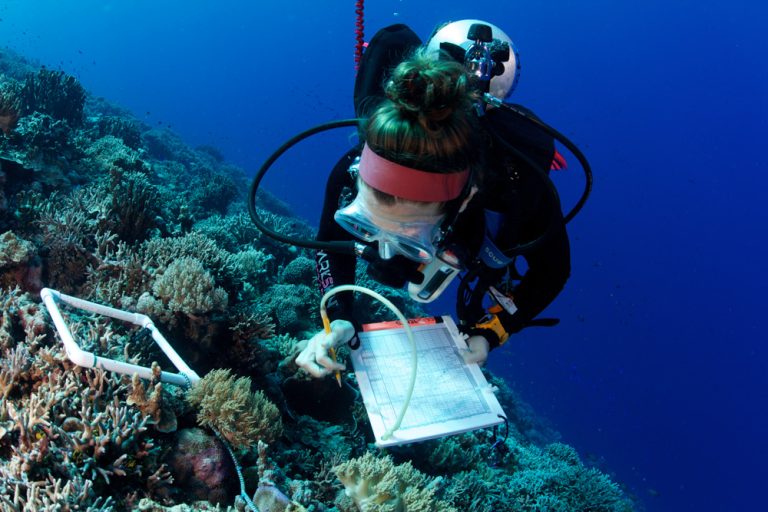
On the Global Reef Expedition, scientists conducted nearly 1700 standardized benthic and fish surveys to better understand the status of the world’s coral reefs and reef fish populations. We surveyed reefs near population centers as well as some of the world’s most remote reefs, some of which had never been surveyed by scientists before. The resulting dataset is one of the largest of its kind. It allows scientists to compare reefs across the world and provides a critical snapshot of the global health of coral reefs at a critical point in time.

Engaged the Community
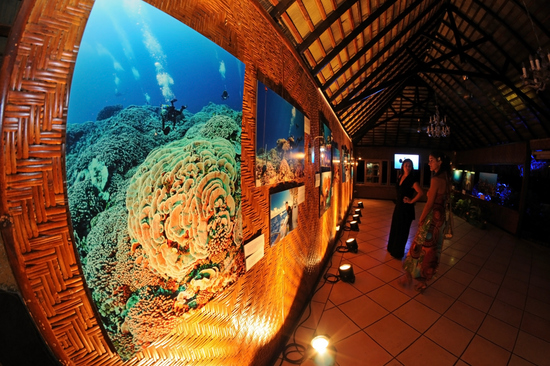
Everywhere we went on the Global Reef Expedition, the Living Oceans Foundation brought the wonders of coral reefs to communities through vibrant outreach and educational programs. Using captivating films and photographs, we revealed the hidden beauty of underwater realms and shared vital knowledge on coral conservation, inspiring communities to take action to protect these precious ecosystems.

Educated the Next Generation
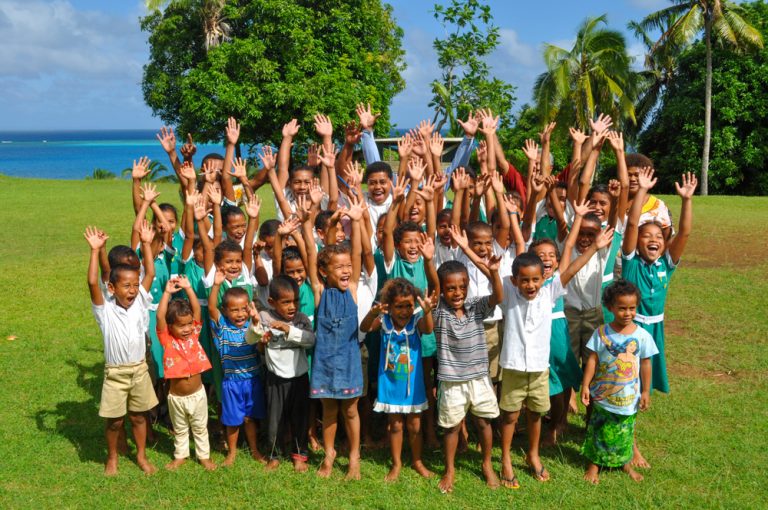
The Global Reef Expedition revealed a need for ocean education around the world. The Living Oceans Foundation responded by developing education curricula and programs for students and teachers. We invited high school teachers to join us on research missions, gave presentations at local schools, and developed coursework aligned to global ocean literacy principles. These programs continue to grow, teaching thousands of youth, educators, and communities from all around the world about coral reefs and how to protect them.

Produced Award-Winning Films
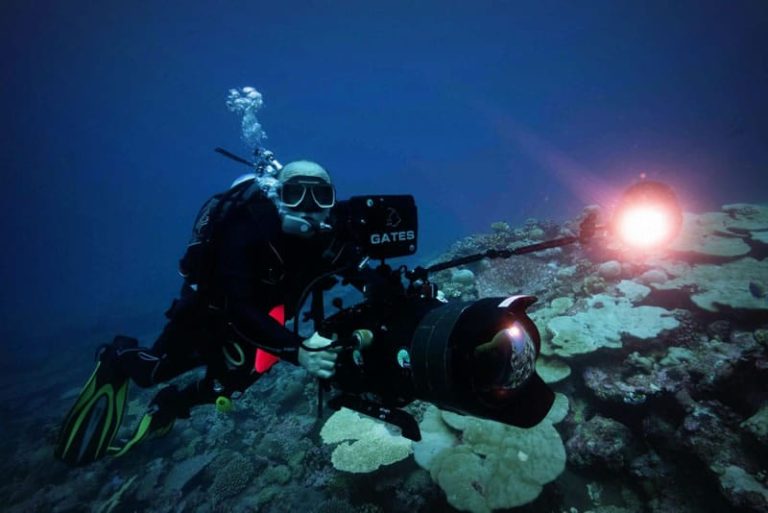
The Living Oceans Foundation invited some of the world’s best documentary filmmakers to join us on the Global Reef Expedition. They captured our work in the field as well as the stunning beauty of coral reefs, some of which had never been filmed before. The films they made brought our research to life and shared the beauty and wonder of coral reefs with people worldwide.

Protected Coral Reefs
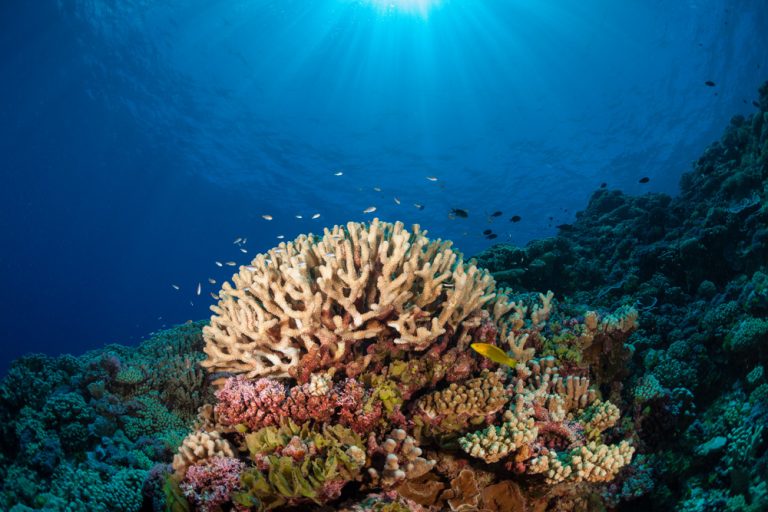
Research conducted on the Global Reef Expedition informed the creation and management of marine protected areas (MPAs), fisheries closures, and traditionally managed areas in the Caribbean, Pacific, and Indian Oceans.

Scientific Publications
Global Reef Expedition Scientific Publications
Hundreds of publications resulted from the extensive scientific research and data analysis conducted during the Global Reef Expedition. You can access all of our Global Reef Expedition publications below.
Global Reef Expedition Final Report
The Global Reef Expedition Final Report presents a comprehensive summary of the Foundation’s findings from the entire Global Reef Expedition.
It provides critical data on the state of the world’s reefs at a critical point in time and offers key insights into how to save coral reefs in a rapidly changing world.
Peer-Reviewed Publications
The Global Reef Expedition resulted in the publication of over 200 peer-reviewed scientific papers. The research conducted on the Expedition was undertaken by some of the most prestigious coral reef scientists, who joined us to study coral reef ecosystem dynamics, map coral reef habitats, assess coral reef health and resiliency, examine reef fish communities, investigate ocean acidification, explore marine geology, categorize invertebrate taxonomy, and study coral disease, among other topics. These peer-reviewed publications allowed the Foundation to share our work with the broader scientific community and helped to provide countries with the best available science to protect and manage their reefs.
All of the journal articles and peer-reviewed publications from the Global Reef Expedition can be accessed below.
Mayfield, A.B., Dempsey, A.C. Machine-learning algorithms for identifying climate-resilient corals in the Republic of Palau. Discov Oceans 2, 45 (2025). https://doi.org/10.1007/s44289-025-00080-7
Anna C. Bakker, Arthur C.R. Gleason, Alexandra C. Dempsey, Helen E. Fox, Rebecca H. Green, Sam J. Purkis, (2024). “Remotely sensed habitat diversity predicts species diversity on coral reefs,” Remote Sensing of Environment, Volume 302, 2024, 113990, ISSN 0034-4257, https://doi.org/10.1016/j.rse.2024.113990.
Serge, A., Maële, B., Stéphane, G. et al. (2024). “Evaluation of the Allen Coral Atlas benthic habitat map product for New Caledonia using representative habitat observations from a multi-species fishery assessment.” Coral Reefs. https://doi.org/10.1007/s00338-024-02481-0.
Bakker, A.C.B., Gleason, A.C.R., Dempsey, A.C., Bachman, S., Burdick, D., Tarano, A.M., Chirayath, V., & Purkis, S.J. (2024). “Remotely sensed spectral variability predicts reef fish diversity.” Ecological Indicators, 169, 112823. https://doi.org/10.1016/j.ecolind.2024.112823
Sam J. Purkis, Steven N. Ward, Nathan M. Fitzpatrick, James B. Garvin, Dan Slayback, Shane J. Cronin, Monica Palaseanu-Lovejoy, and Alexandra Dempsey (2023). “The 2022 Hunga-Tonga Mega-tsunami: Near-Field Simulation of a Once-in-a-Century Event.” Science Advances.
Global Reef Expedition News
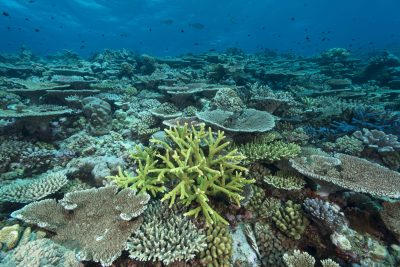
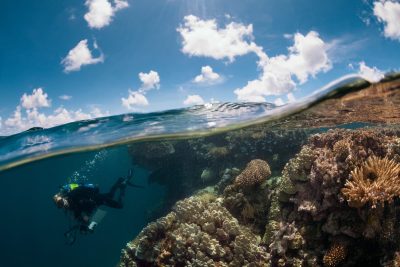
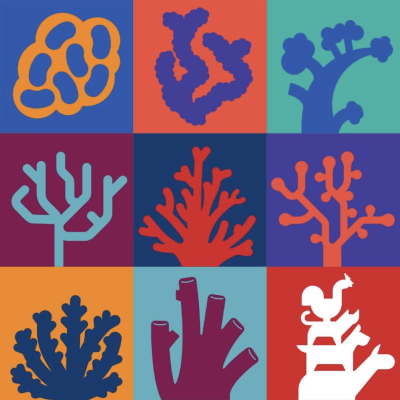
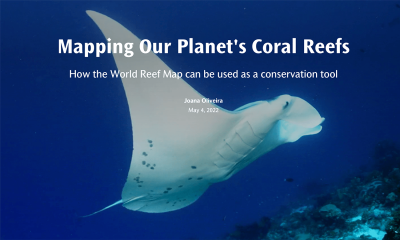
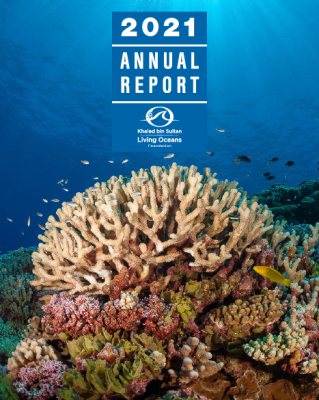
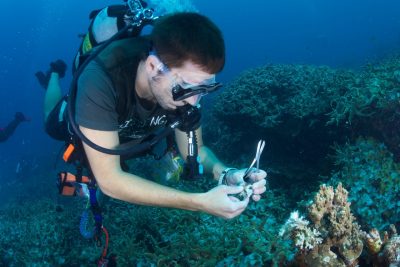
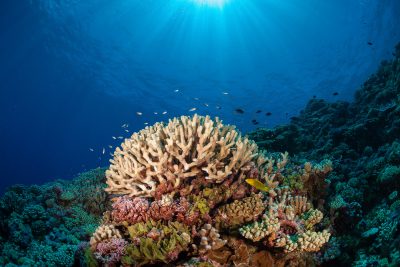
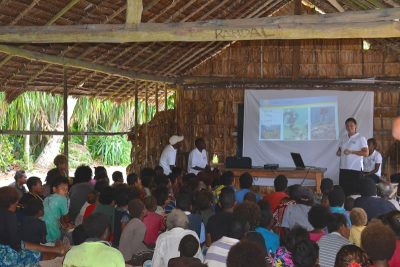
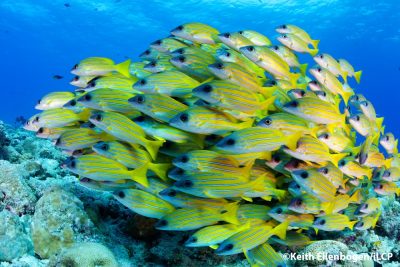
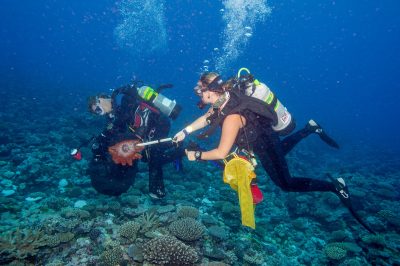
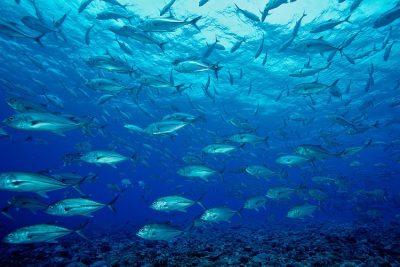
Partners
Global Reef Expedition Partners
The Global Reef Expedition would not have been possible without the support and involvement of our dedicated ocean science and conservation partners. Click on the logos below to learn more about the Foundation’s partners who joined us on the Expedition.
Participants
The following scientists and conservationists worked with the Khaled bin Sultan Living Oceans Foundation to survey the health and resiliency of coral reefs around the world on the Global Reef Expedition:

